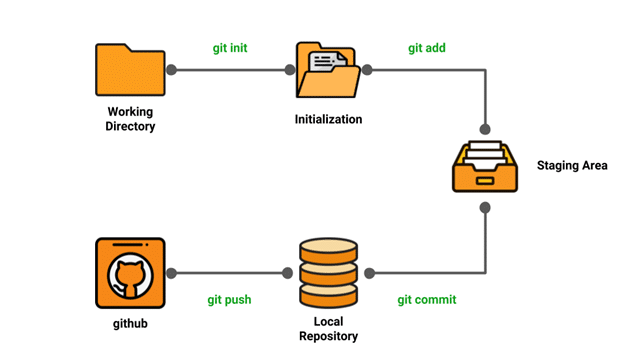
How Is AngularJs Decking Up Software Industry?
8th June 2020
10 Reasons Why You Should Use Google Analytics
10th June 2020Git is a small yet very efficient version control tool. It helps both programmers and non-programmers keep track of the history of their project files by storing different versions of them.
Git helps developers keep track of the history of their code files by storing them in different versions on its own server repository, i.e., GitHub. Git has all the functionality, performance, security, and flexibility that most of the development teams and individual developers need.
Why Git Version Control?
Below are some of the facts that make Git so popular:
- Works offline: Git provides users very convenient options such as allowing them to work both online and offline. With other version control systems like SVN or CVS, users need to have access to the Internet to connect to the central repository.
- Undoes mistakes: Git allows us to undo our commands in almost every situation. We get to correct the last commit for a minor change, and also we can revert a whole commit for unnecessary changes.
- Restores the deleted commits: This feature is very helpful while dealing with large projects when we try out some experimental changes.
- Provides security: Git provides protection against secret alteration of any file and helps maintain an authentic content history of the source file.
- Guarantees performance: Being a distributed version control system, it has an optimized performance due to its features like committing new changes, branching, merging, comparing past versions of the source file, etc.
- Offers flexibility: Git supports different nonlinear development workflows, for both small and large projects.
Git Life Cycle
- Local working directory: The first stage of a Git project life cycle is the local working directory where our project resides, which may or may not be tracked.
- Initialization: To initialize a repository, we give the command git init. With this command, we will make Git aware of the project file in our repository.
- Staging area: Now that our source code files, data files, and configuration files are being tracked by Git, we will add the files that we want to commit to the staging area by the git add command. This process can also be called indexing. The index consists of files added to the staging area.
- Commit: Now, we will commit our files using the git commit -m ‘our message’ command.







